“These colours fill our life with peace and harmony”
Following an interview by email with Adv Sachin Naik (Advocate & Author, India)
One day in April 2020, we received an email from India – its content: a poetic tribute to Le Corbusier... and so began a round of talks about the Le Corbusier colours and his architecture with Advocate Sachin Naik from Maharashtra, India. In the end, we received a beautiful poem about the Polychromie Architecturale and decided to share it.
Architectural Polychromy
Le Corbusier's magnificent masterpiece,
Architectural Polychromy immortalized his colour theory,
It gives a sense of completion,
These colours fill our life with peace and harmony.
He believed colour is not just a colour,
Our psychology is controlled by colours,
Colour is a factor of our existence,
He echoed these beliefs in his swatch book of colours.
The Purist Palette of 1931 includes 43 shades,
While the second collection of 1959 contains 20 other colours,
All shades are eminently architectural and naturally harmonious,
Spatial effects are achieved by these unique colours.
These vibrant colours and their shades,
They are timeless creation by Le Corbusier,
They have not only aesthetic value but also an influential effect,
These colours are an immortal gift to humanity by Le Corbusier.
© Adv. Sachin A. Naik
I like Le Corbusier's belief
Of course, we wanted to know how Sachin Naik came across Le Corbusier's Polychromy. So we asked him: How or where have you heard the first time about Le Corbusier and his Colour Theory?
“I was searching a UNESCO website for a subject on which I could compose a poem for my book "Priceless Treasures". At that time, I came across "Architectural Work of Le Corbusier". When I searched more about it, I came to know about this great Architect and his great work for mankind.
When I started searching more deeply, I started learning more about his colour theory. I gathered more information about it and composed a poem entitle "Architectural Polychromy" on his colour theory, which is a part of my seventh book "A Poetic Tribute To Le Corbusier". I like Le Corbusier's belief that each person is controlled by one or more colours and that colour has a psychology.”
Indeed, both colour groups and colour tones of Le Corbusier’s Architectural Polychromy embodies spatial effects and cause characteristic reactions to our sensitivities. The 63 colours of the Polychromy are chosen in such a way that the desired colour effects can be designed easily and negative effects are excluded from the outset.
Color changes the overall picture
Le Corbusier has harmonised the 63 colours of the Architectural Polychromy in a perfect way, making them harmoniously combinable all throughout. The 63 colours of the Architectural Polychromy are chosen so that the desired colour effects can be made simply, excluding automatically negative effects from the outset. So, we wanted to know what Mr Naik’s favorite colour was and which of the 63 Le Corbusier colours was his favourite?
“My favourite colour is white. It is an eye-soothing colour and gives a rich look to the surface. It is a colour where all seven colours dissolve and form it.
Out of Le Corbusier's 63 colours, I like "32052 vert clair" because it resembles nature. It is also a colour of prosperity. I think "Vert Clair", when used with other contrast shades like 32121 terre sienne brique or 32122 terre sienne clair 31, gives a peaceful and prosperous look to the walls.”
As Sachin Naik says, Le Corbusier colours give a peaceful feeling. Green is the 'colour of the centre' (blue colour seems rather distant and red seems close) and is calming without tiring. The main colour of nature is considered to be the symbol colour for life; it stands for spring and growth. Le Corbusier's Polychromy contains nine shades of green. According to Le Corbusier, blue and green combinations create space, give dimension and create an atmosphere. In this sense, we asked Mr Naik what he thinks is the most important task of colour in architecture?
“I think the most important task of colour in architecture is that colour changes the overall look of the structure. For example, when a house is painted with bright colour, it gives it a vibrant look and, if it is painted with dark colour, then it increases its depth.”
Indian culture is multicoloured in many aspects
India is the first country in the world to have invited Le Corbusier to give concrete expression to his theories in the designing of the new capital of Punjab, Chandigarh. From 1951 until his death in 1965, Le Corbusier, together with his cousin Pierre Jeanneret and the English architects Jane Drew (1911-1966) and Maxwell Fry (1899-1987), designed a new town plan for 500,000 inhabitants as well as several important public buildings. As the Indian culture is sometimes quite far away from European, we asked Sachin how he would describe natural colours in his country and culture.
“In India, since ancient times, colours are prepared naturally using flowers and herbs and they serve for various occasions. We are still using eco-friendly colours made up of flowers and herbs during the festival of "Holi". During "Diwali", every entrance-floor of the house is decorated with "Rangoli" filled with different colours. The colours have enriched Indian culture. That’s why Indian culture is multicoloured in many aspects and these colours make it more beautiful.”
« Colour is intimately attached to our being; each one of us has perhaps their colour; even if we often ignore it, our instincts cannot be wrong. »
(Le Corbusier)
We are grateful for this exchange with Adv Sachin Naik and for the valuable insights into how a lawyer came to the Polychromy thanks to some research on Le Corbusier and how he approached the colours all by himself.
“The first attempts in polychromy mentioned by Le Corbusier in the Oeuvre complète concern the interiors of the La Roche and Jeanneret Houses in 1923. Le Corbusier created two color "keyboards" for the Basel wall-paper company Salubra, the first one in 1931 and the second in 1959. The pattern cards consists in isolating three to five colors at a time and each card points to the spatial effect that is to be achieved: "Space", "Sky", "Velvet",... These color keyboards are formalizations of Le Corbusier's way of working and thinking and with which he succeeded in making a theory directly available in practice. The dissemination of the Polychromie architecturale has been entrusted to the Swiss firm Les Couleurs Suisse. This Polychromie architecturale has been a constant source of inspiration for the world of architecture and design.”
(Extract Mission of Fondation Le Corbusier)
Photos:
UNESCO World Heritage Overview Le Corbusier©-FLC-ADAGP-AONDH-ProLitteris-2019
63 colours of the Polychromy by Le Corbusier ©-FLC-ADAGP-Les-Couleurs-Suisse
4320B blanc ivoire, 32001 blanc and 32052 vert clair ©-FLC-ADAGP-Les-Couleurs
Scenery Architectural Polychromy Le Corbusier ©-FLC-ADAGP-Les-Couleurs-Suisse
Tappesery High Court in Chandigarh ©-FLC-ADAGP
Assambly Hall Chandigarh ©-FLC-ADAGP, Photo by Roberto Marcatti
Le Corbusier in Chandigarh ©-FLC-ADAGP
Drawing PAD 16 Higher Court, Chandigarh ©-FLC-ADAGP


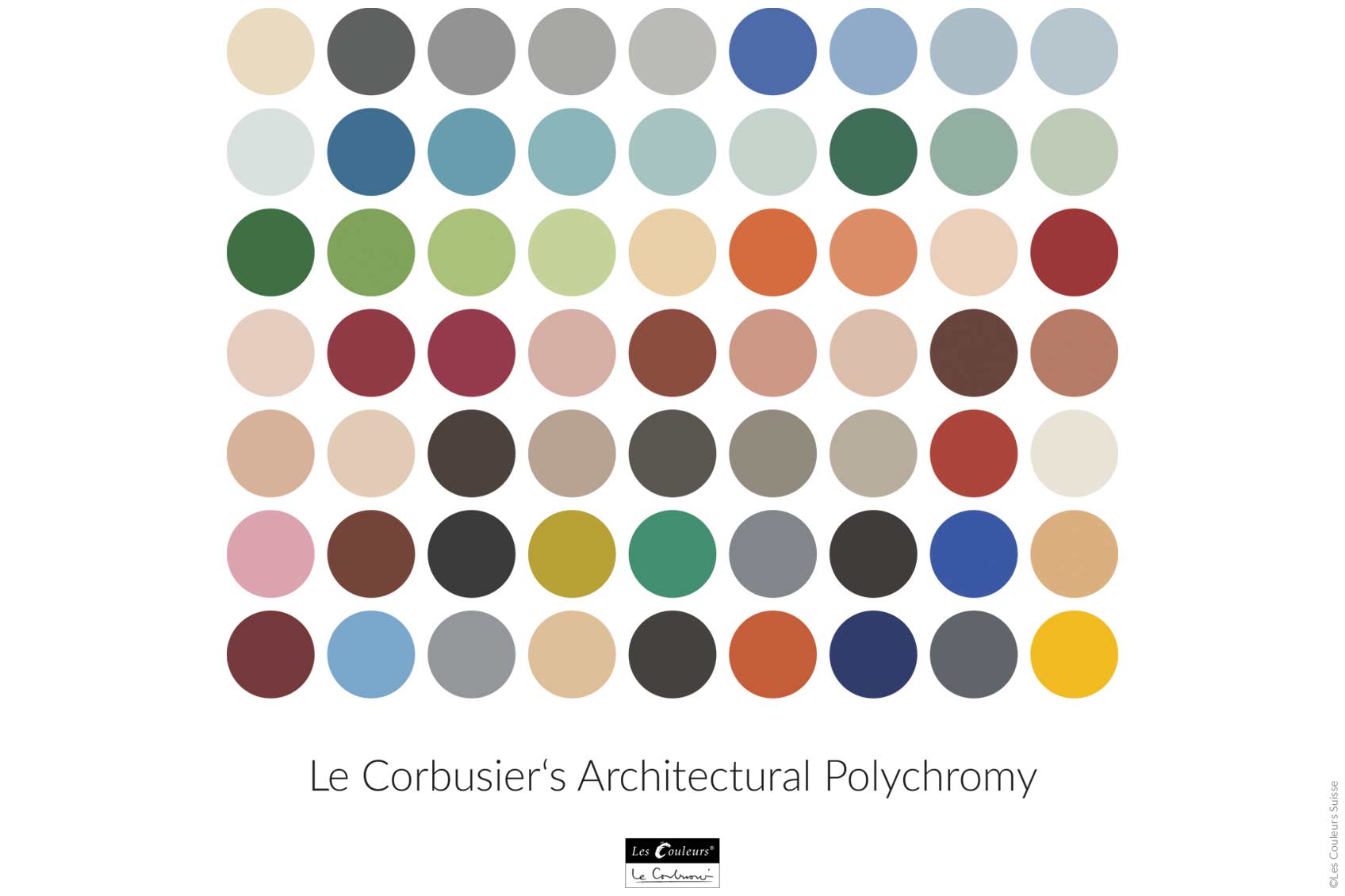
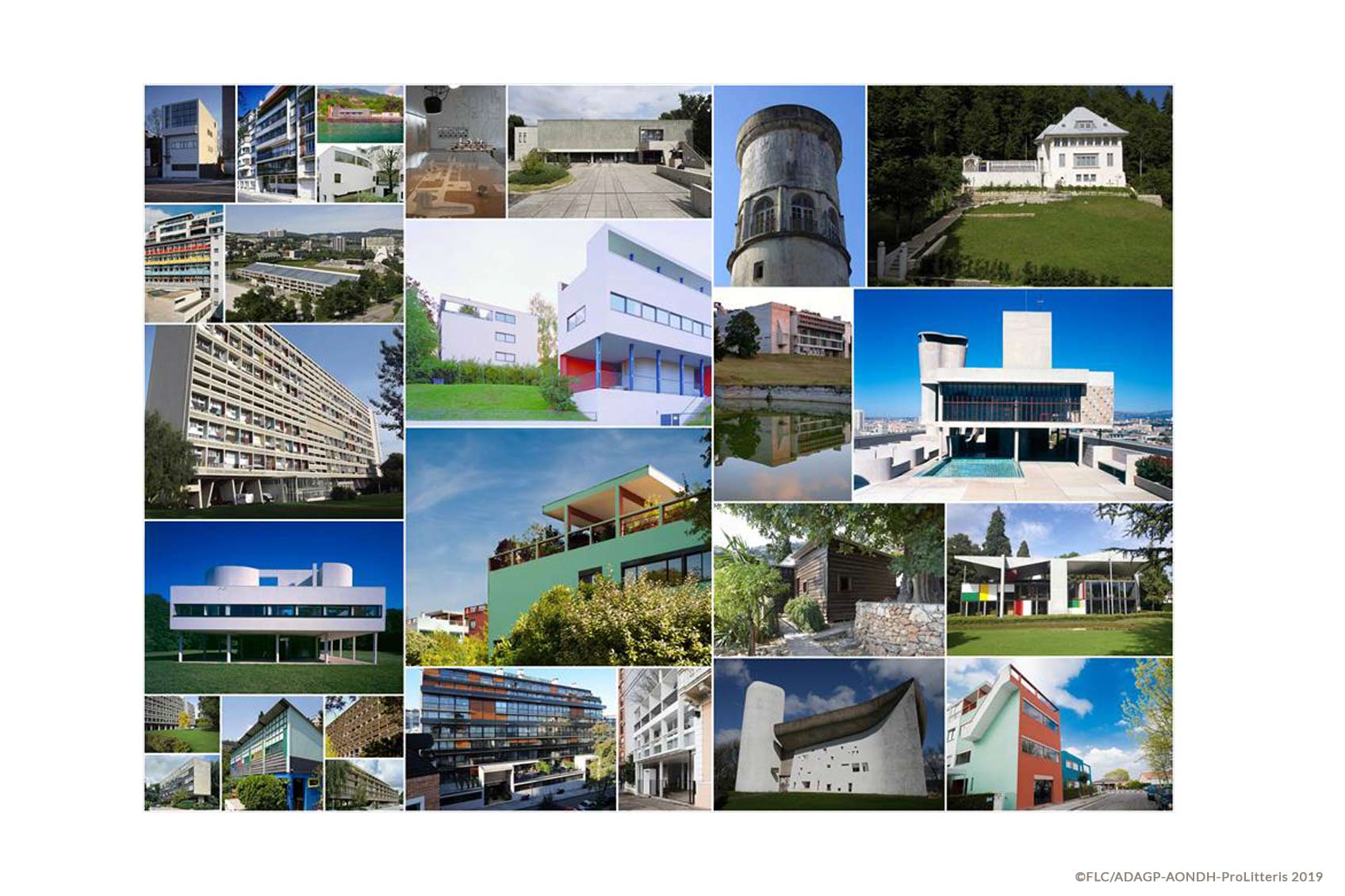
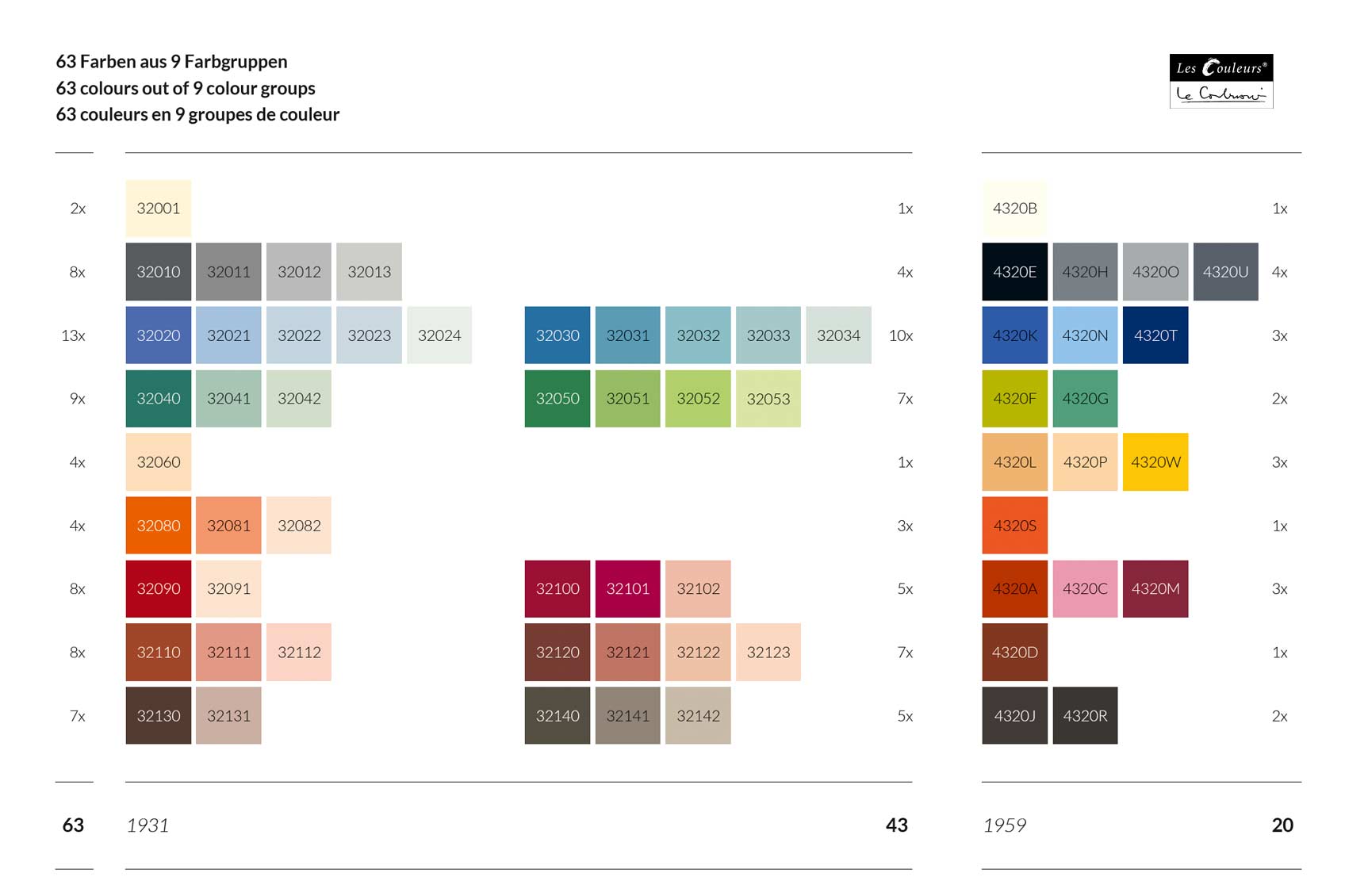
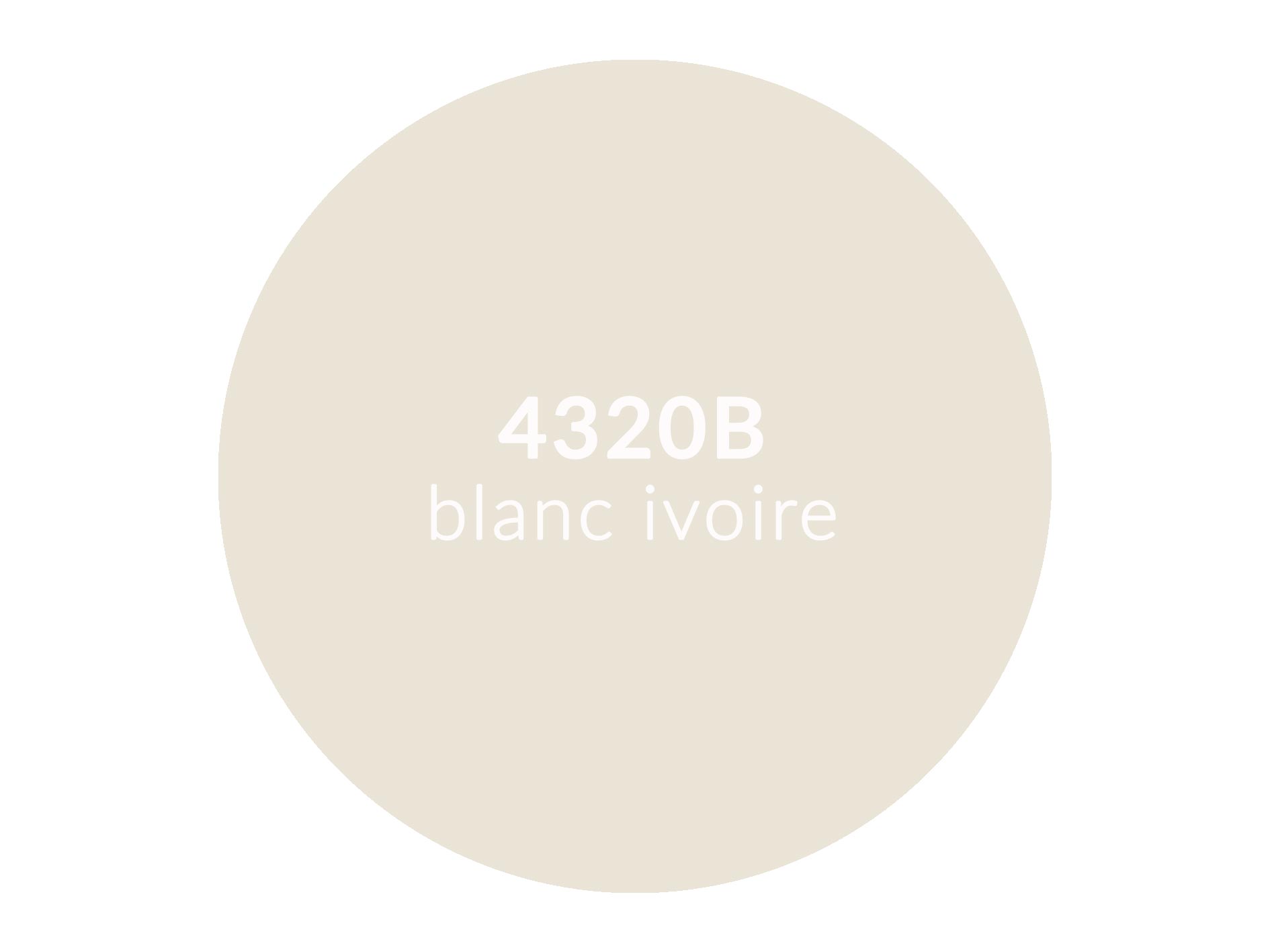
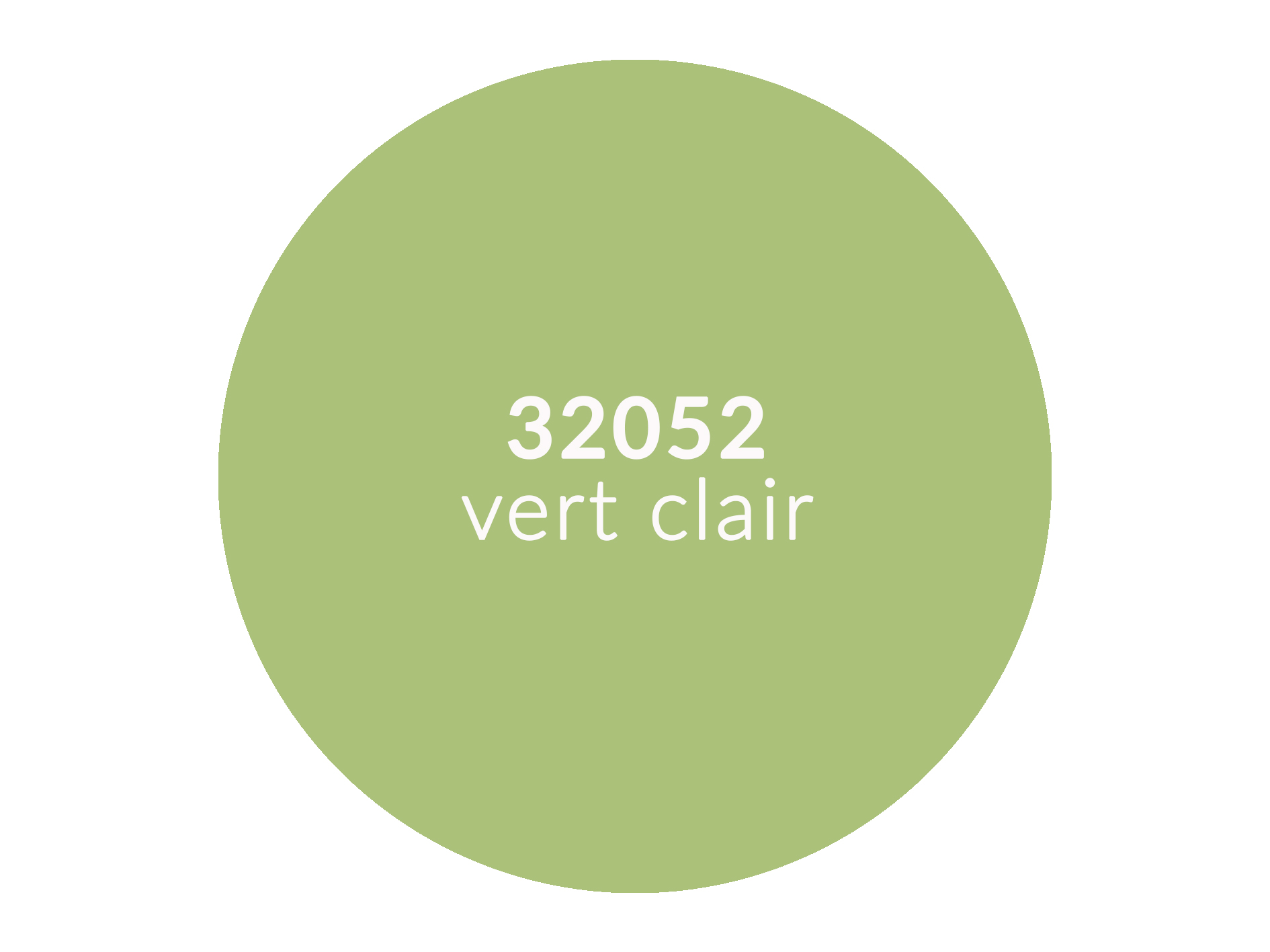
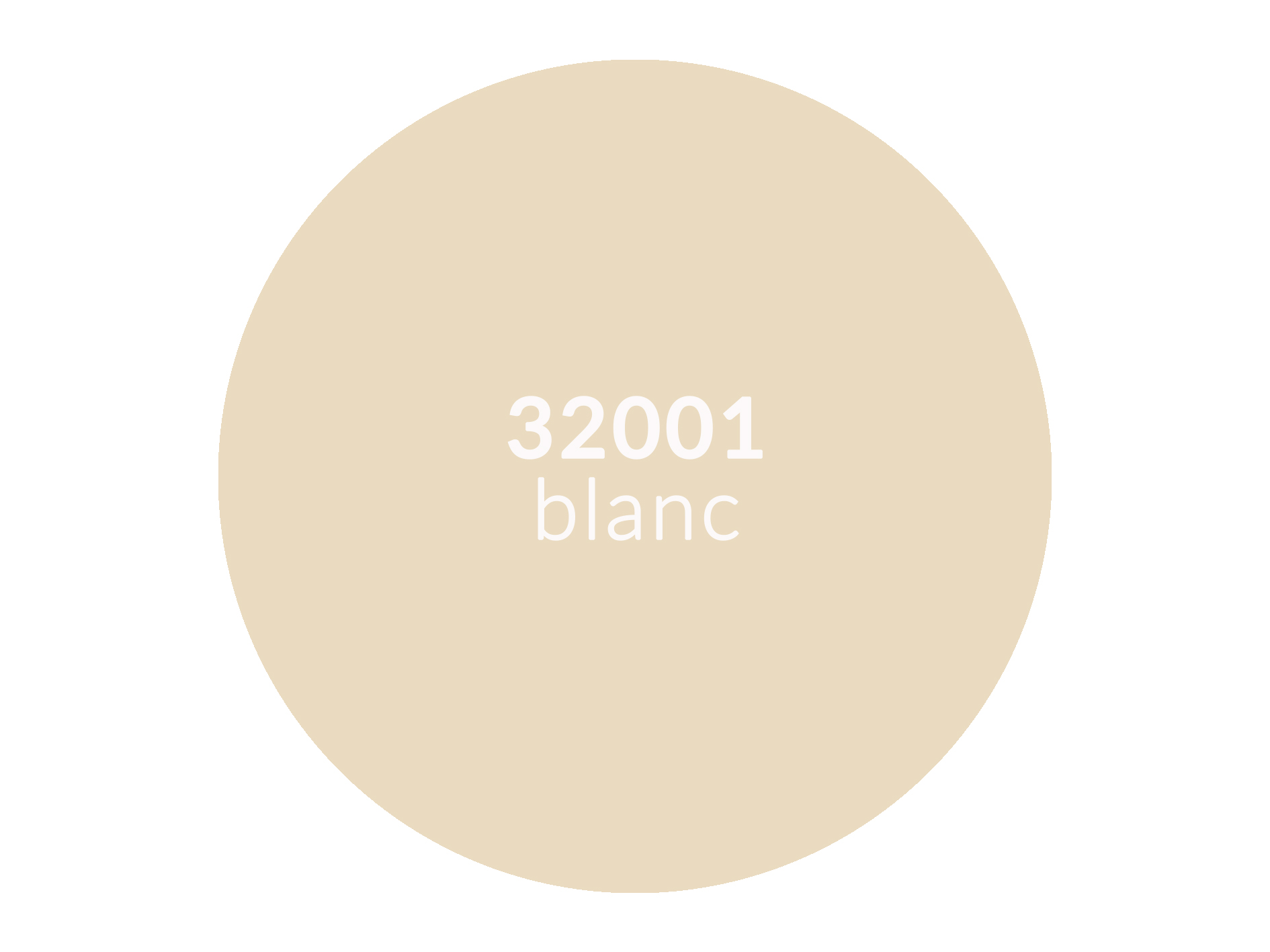
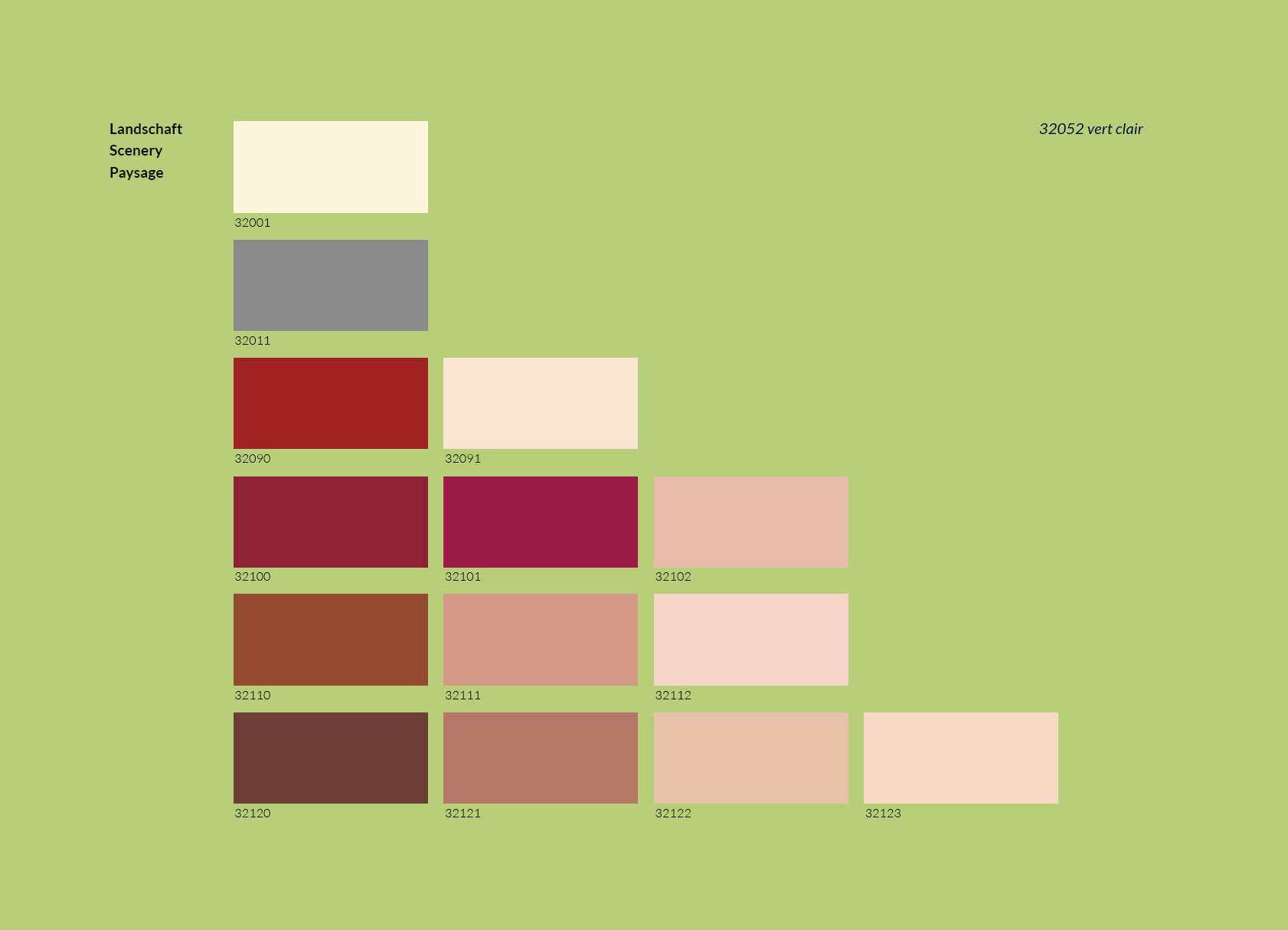
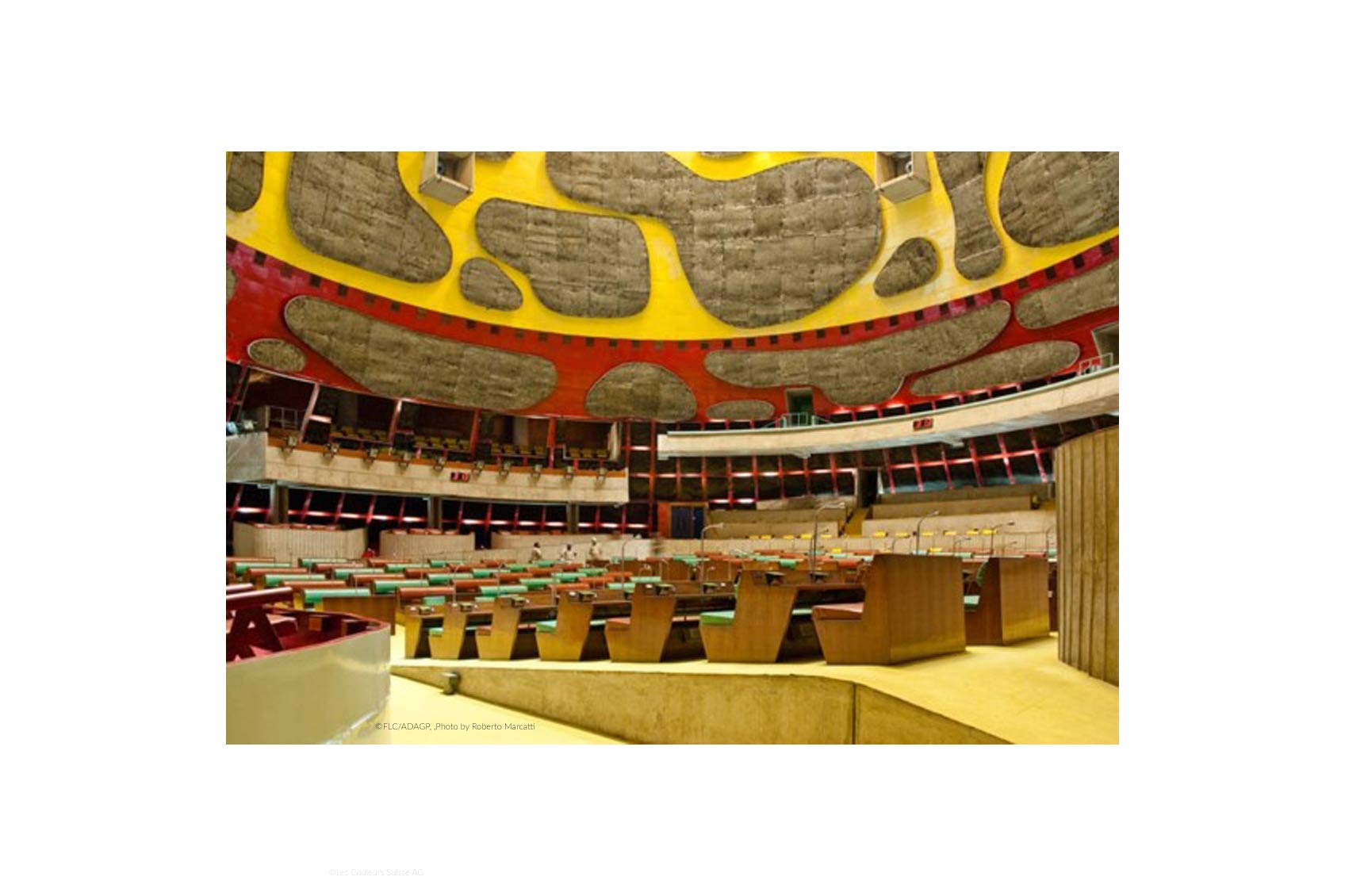
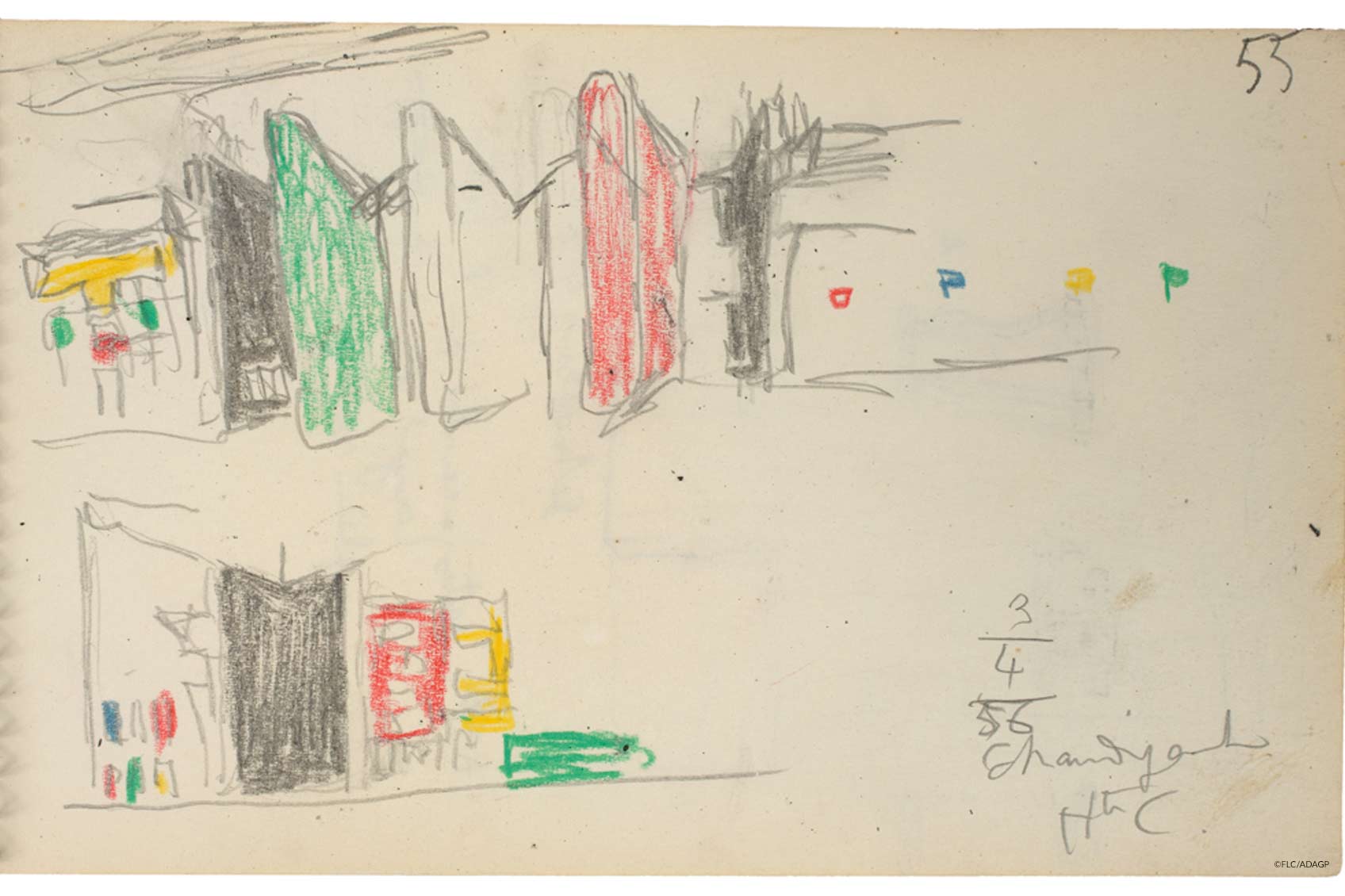
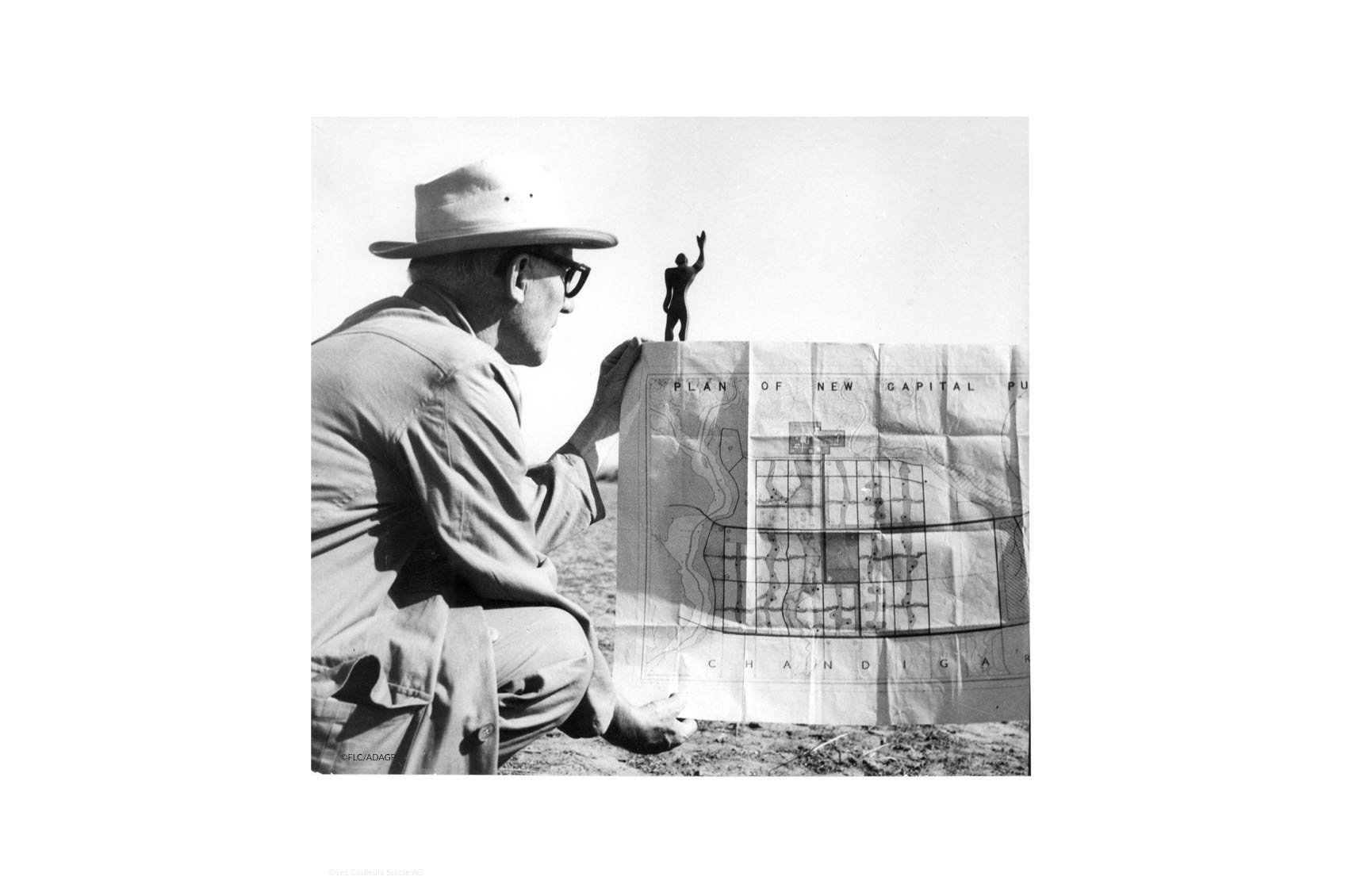

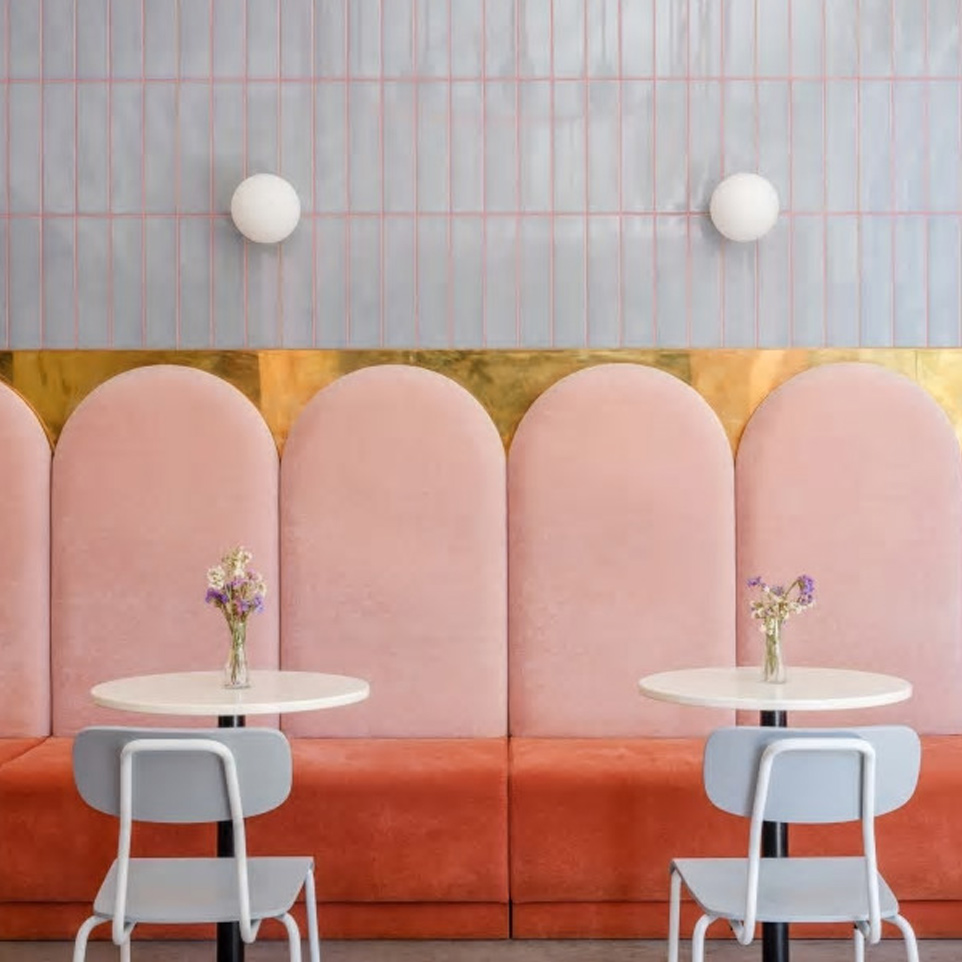
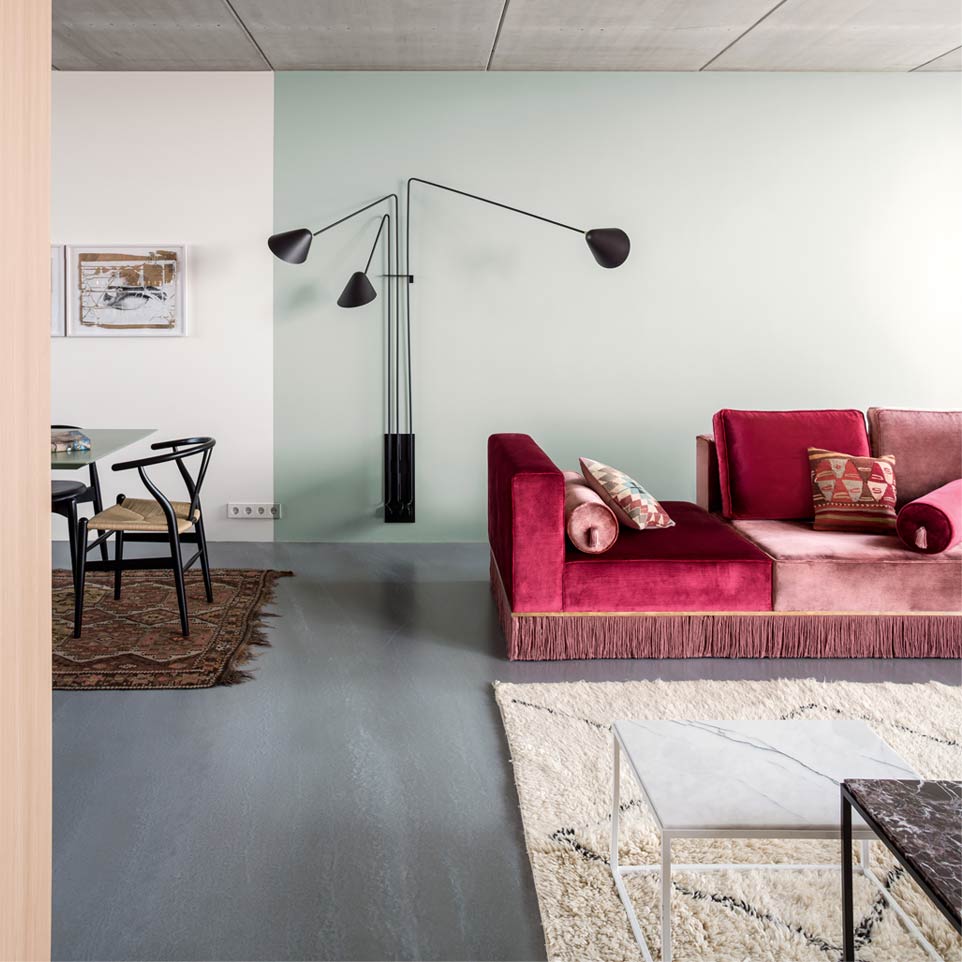
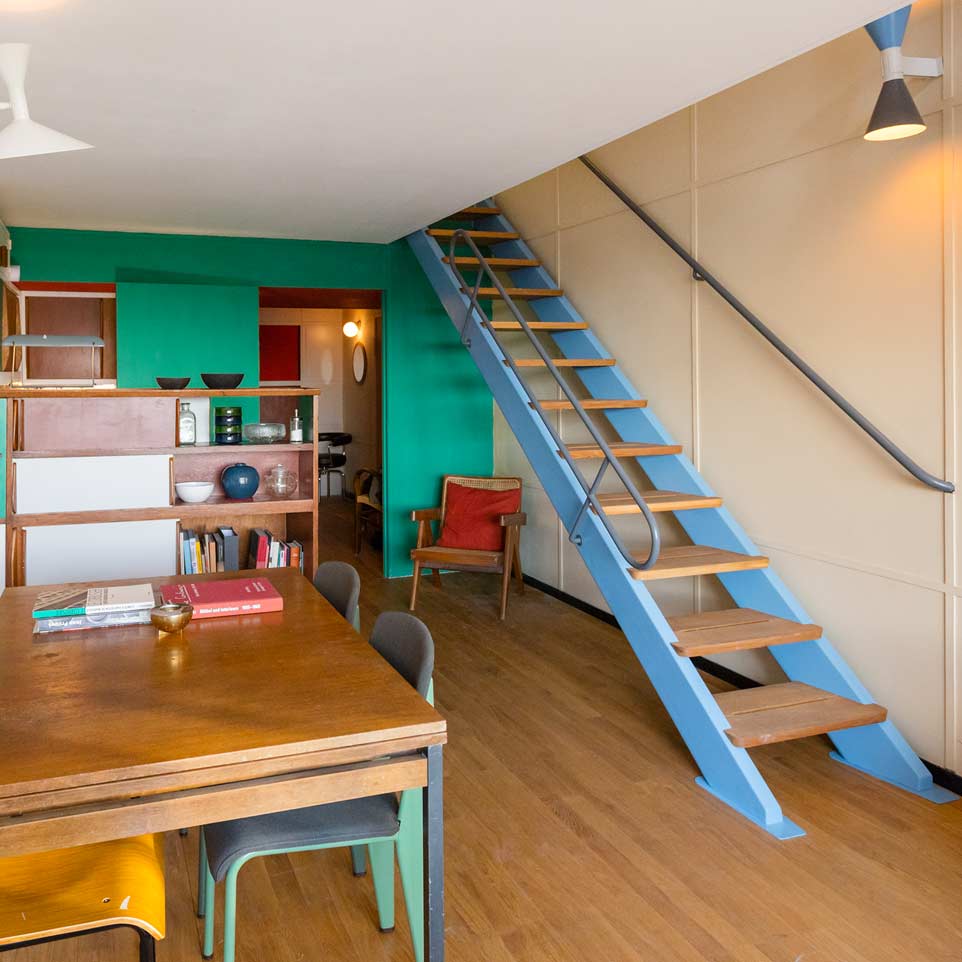


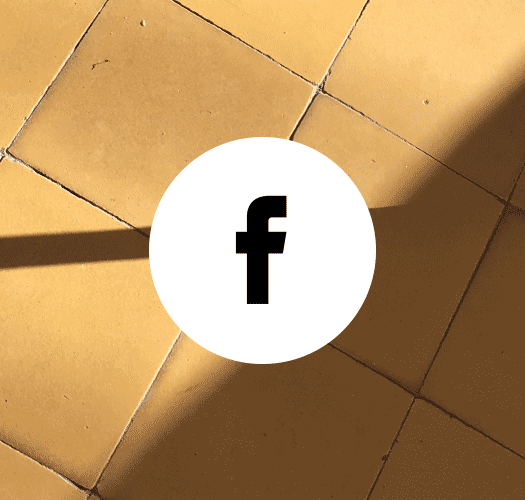

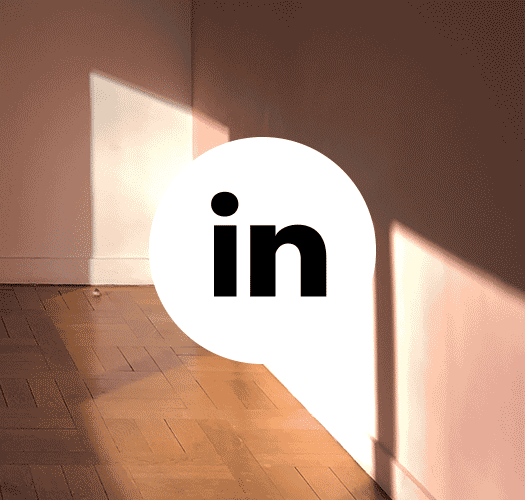
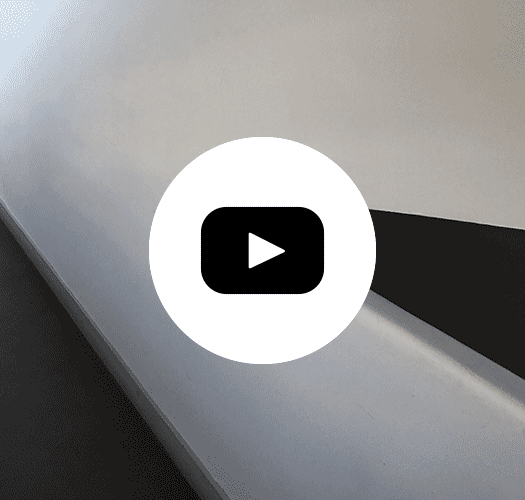

Comments
No Comments